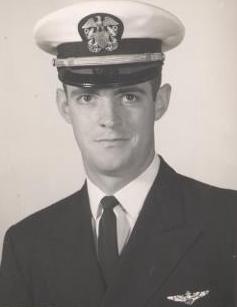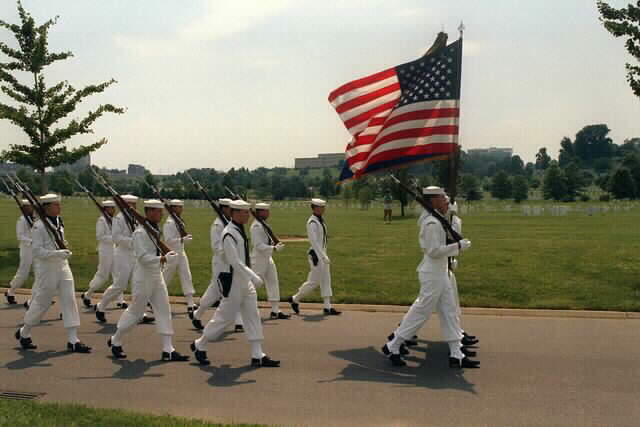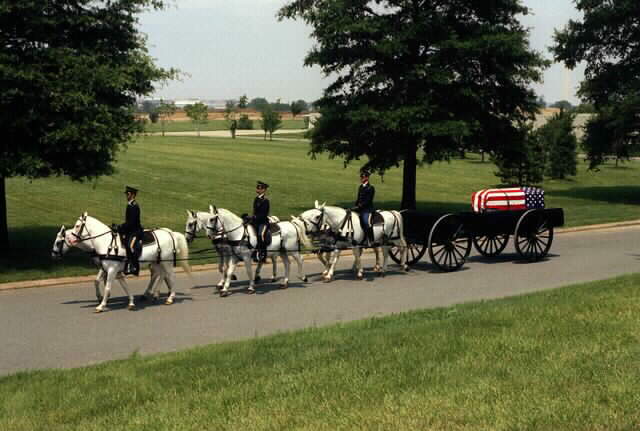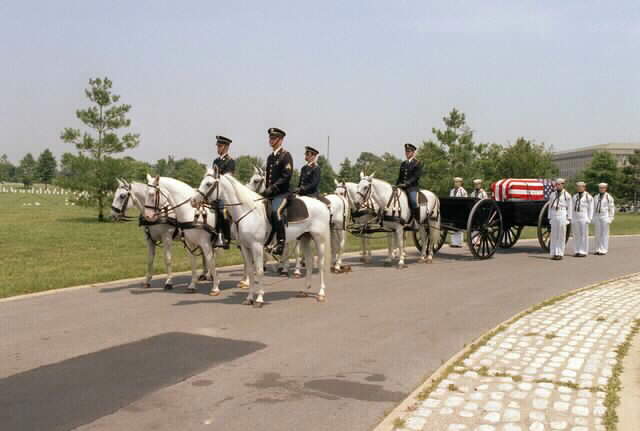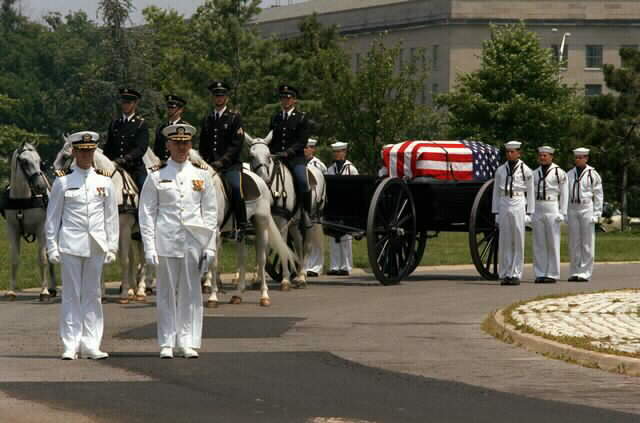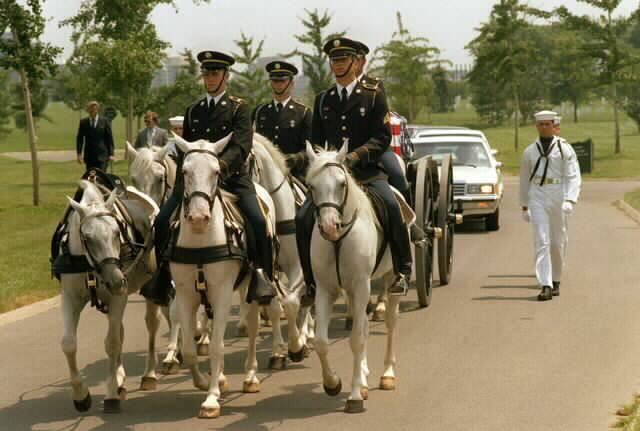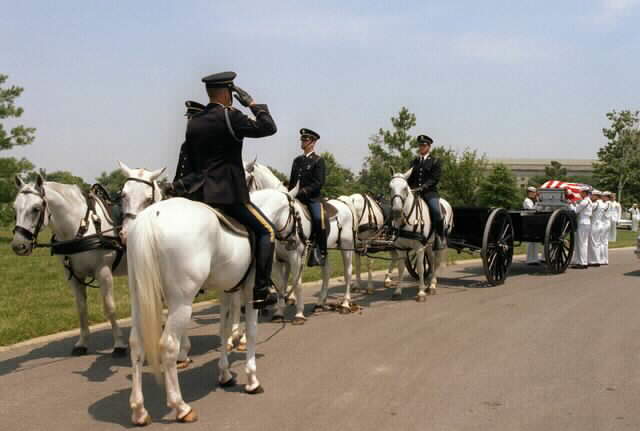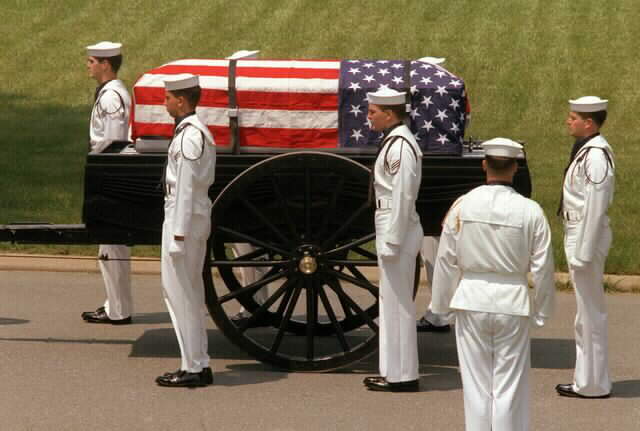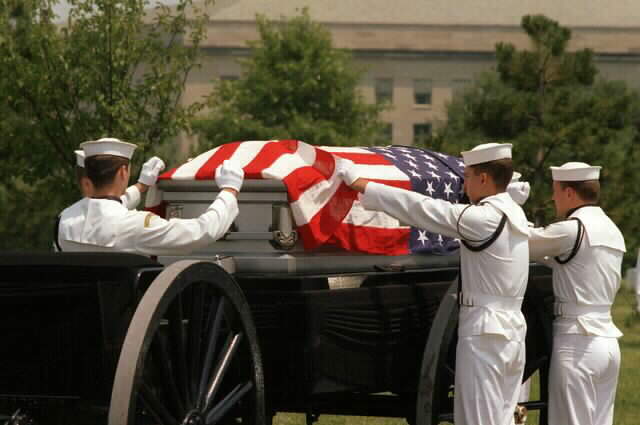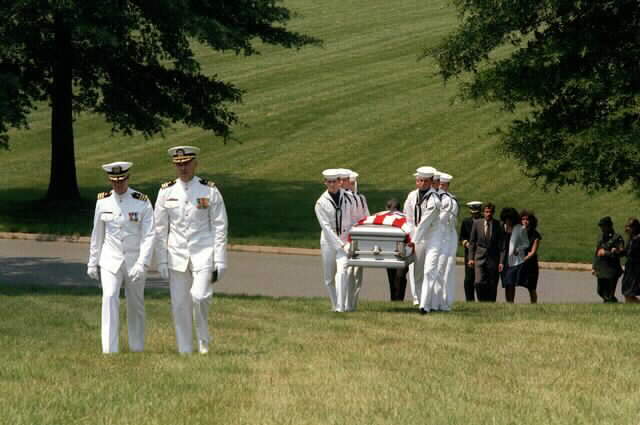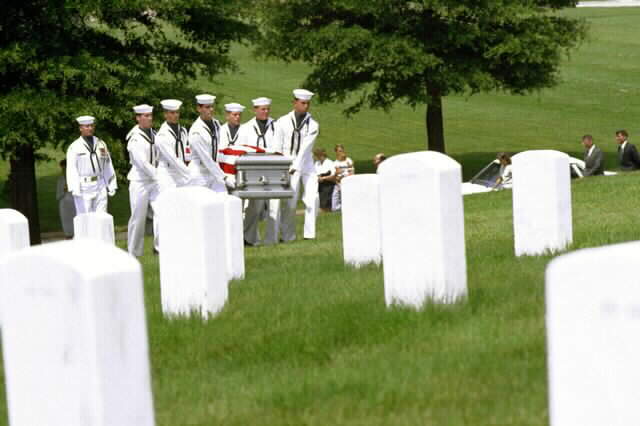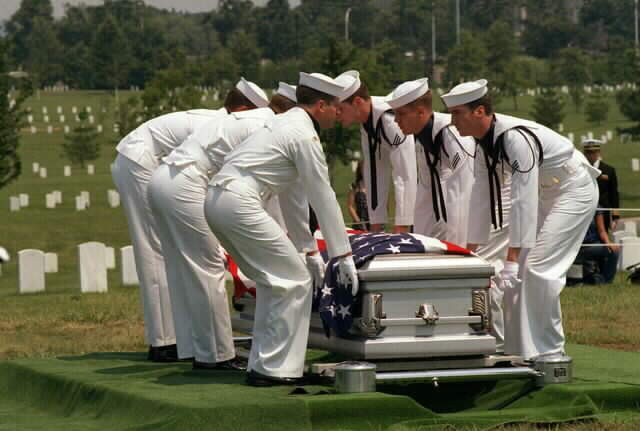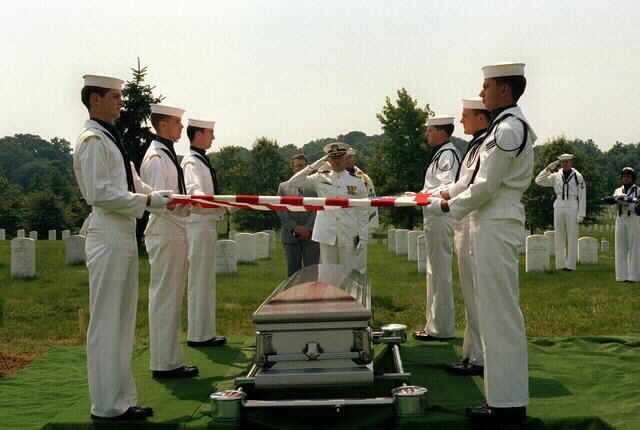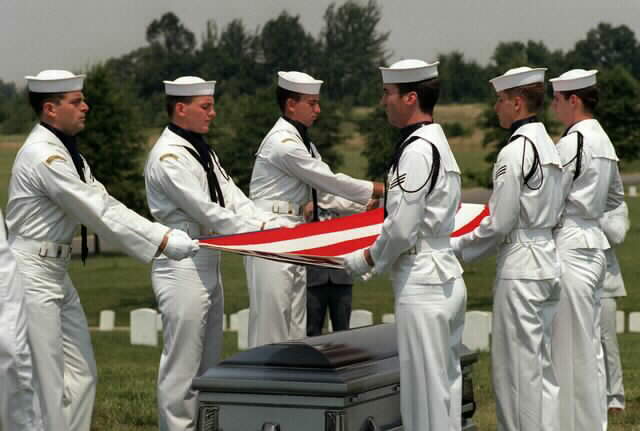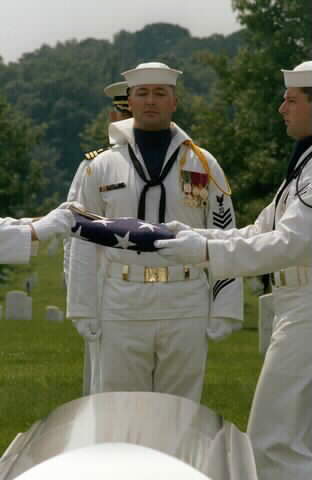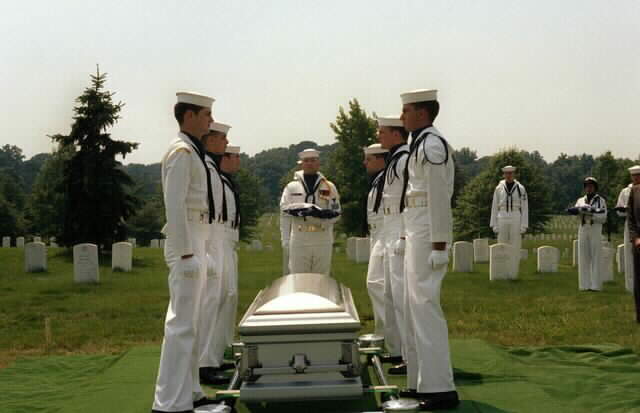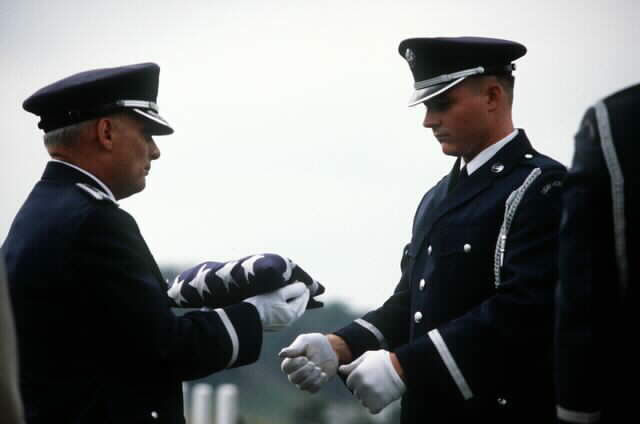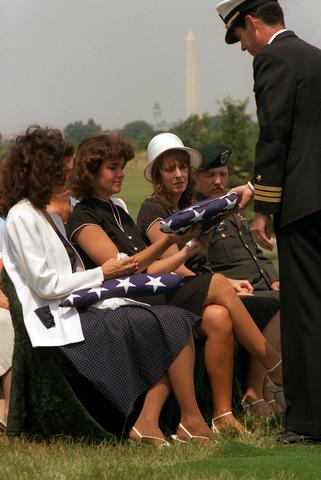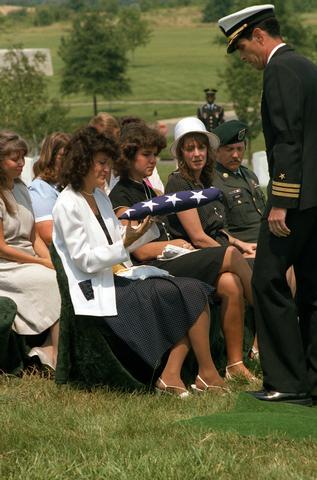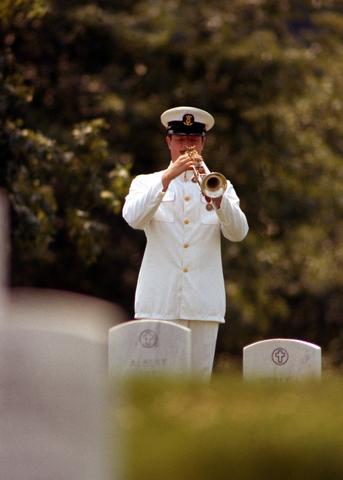James Thomas Ruffin was born on January 16, 1941 and joined the Armed Forces while in Deatsville, Alabama. He served in the United States Navy, and attained the rank of Lieutenant Commander. On February 18, 1966, at the age of 25, Commander Ruffin perished in the service of our country in North Vietnam.
Name: James Thomas Ruffin
Rank/Branch: O2/US Navy
Unit: Fighter Squadron 92, USS ENTERPRISE
Date of Birth: 16 January 1941
Home City of Record: Deatsville, Alabama
Date of Loss: 18 February 1966
Country of Loss: North Vietnam
Status (in 1973): Mrs Ruffin states her husband was never classified as POW, but MIA.
Aircraft/Vehicle/Ground: F4B
Other Personnel in Incident: Larry H. Spencer (released POW)
Source: Compiled by Homecoming II Project 15 June 1990 from one or more of the following: raw data from U.S. Government agency sources, correspondence with POW/MIA families, published sources, interviews. Updated by the P.O.W. NETWORK 2005.
REMARKS: EJECT PARA OBS – POSS KIA
When nuclear powered USS ENTERPRISE arrived on Yankee Station on December 2, 1965, she was the largest warship ever built. She brought with her not only an imposing physical presence, but also an impressive component of warplanes and the newest technology. By the end of her first week of combat operations, the ENTERPRISE had set a record of 165 combat sorties in a single day, surpassing the KITTY HAWK’s 131. By the end of her first combat cruise, her air wing had flown over 13,000 combat sorties. The record had not been achieved without cost. One of the aircraft that launched from the decks of the ENTERPRISE was the F4 Phantom, used by Air Force, Marine and Navy air wings, served a multitude of functions including fighter-bomber and interceptor, photo and electronic surveillance. The two man aircraft was extremely fast (Mach 2), and had a long range (900 – 2300 miles, depending on stores and mission type). The F4 was also extremely maneuverable and handled well at low and high altitudes. The F4 was selected for a number of state-of-the-art electronics conversions, which improved radar intercept and computer bombing capabilities enormously. Most pilots considered it one of the “hottest” planes around.
Mrs. Ruffin states: Here is what telegrams and letters from US Navy told me and my husband’s family. This information is substantiated by reports in my husband’s military files: James Thomas Ruffin was pilot of an F4 which was shot down approximately a mile off the coast south of Thanh Hoa on February 18, 1966. He had reported compass and ta-can malfunction and his plane was separated from the others on that mission, so no Americans (with the possible exception of Larry Spencer) saw the plane go down. There were many sampans in the area and cloud cover when recovery efforts from other planes failed to locate Jim or his RIO Larry Spencer. A few days later, a monitored radio report spoke of the downing of an “air pirate” on the same date and location where Jim and Larry were lost. The capture of a pilot was reported!
Since the reporter would not have known the difference between the pilot and the RIO, the military apparently thought that “pilot” was Larry Spencer. My husband was never classified as POW. Larry Spencer was captured by the North Vietnamese and taken to Hanoi. There, he joined others from the ENTERPRISE, as well as friends from his previous tour onboard the USS RANGER. Spencer was held prisoner for the next 7 years until his release on February 12, 1973 in Operation Homecoming. Ruffin was not released in 1973. The Vietnamese denied any knowledge of James Ruffin. Then on June 3, 1983, the Vietnamese “discovered” the remains of James T. Ruffin and returned them to U.S. control. Ruffin was finally home, but it was still not clear when or how he died. Those questions may never be answered. Nearly 2500 Americans did not return from the war in Vietnam.
Thousands of reports have been received indicating that some hundreds remain alive in captivity. As in the case of James Ruffin, Vietnam and her communist allies can account for most of them. Current “negotiations” between the U.S. and Vietnam have yielded the remains of nearly 300 Americans. The families of these men at last have the peace of knowing whether their loved one is alive or dead. In the total view of the issue of the missing, however, the return of remains signals no progress. In the early 1980’s the very credible Congressional testimony of a Vietnamese mortician indicated that the Vietnamese are in possession of over 400 sets of remains.
In 15 years, they have returned barely half of them. More importantly, the same credible witness, whose testimony is believed throughout Congress, stated that he had seen live Americans held at the same location where the remains were stored. As long as even one American remains alive in captivity in Southeast Asia, the only issue is that one living man. We must bring them home before there are only remains to negotiate for. James T. Ruffin and Larry H. Spencer were both promoted to the rank of Lieutenant Commander during the period they were maintained in prisoner of war or missing status.
Funeral services for Commander Ruffin at Arlington National Cemetery on 9 July 1983. Ruffin was listed as missing-in-action after failing to return from flying a mission off the coast of Vietnam February 18, 1966.
(Photos Courtesy of the Defense Department)
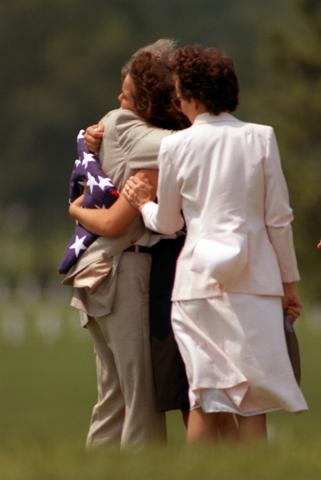

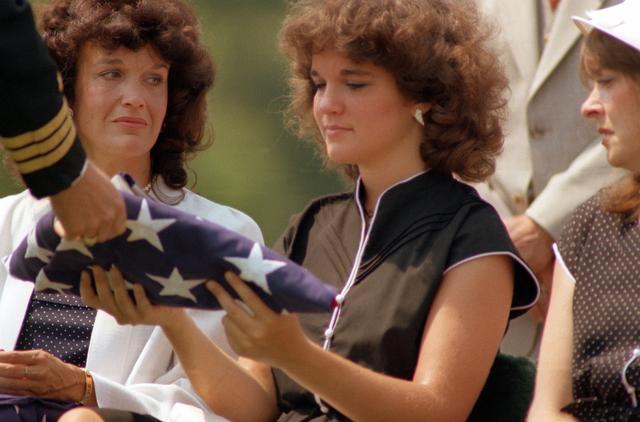
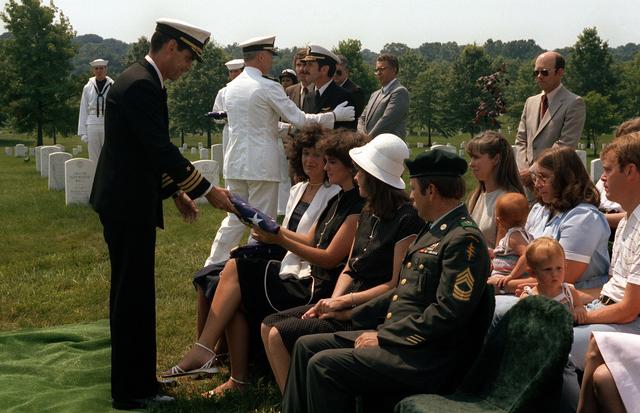
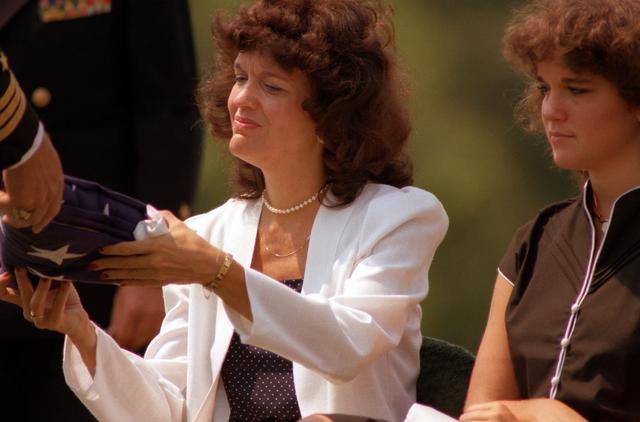
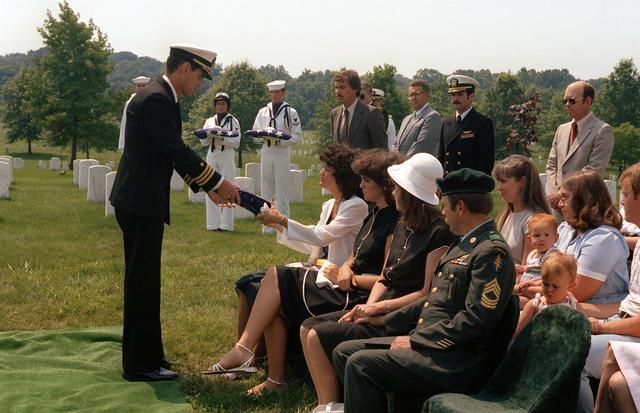
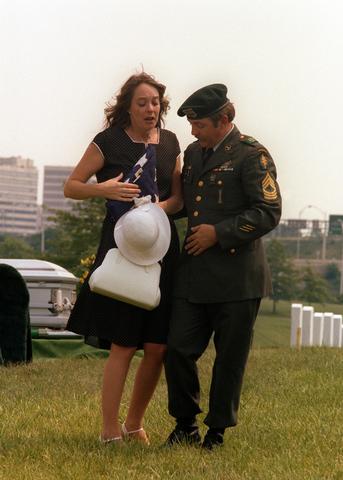
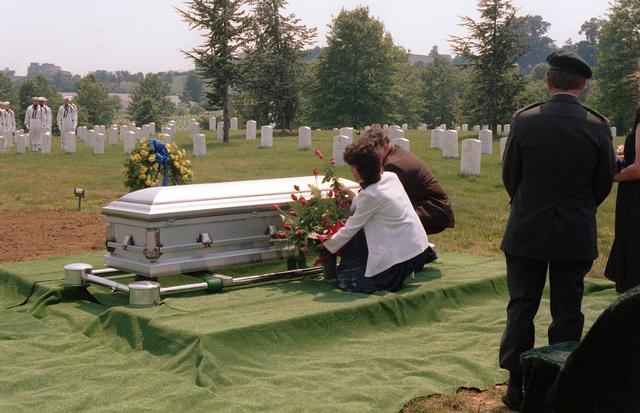
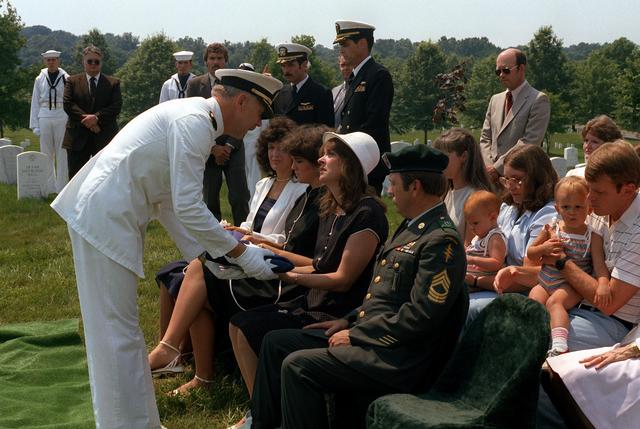
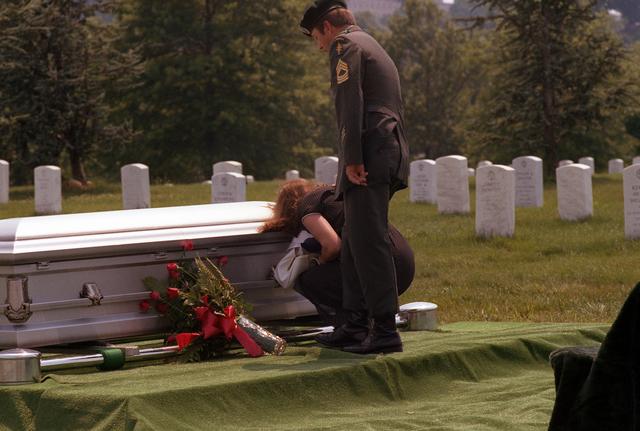
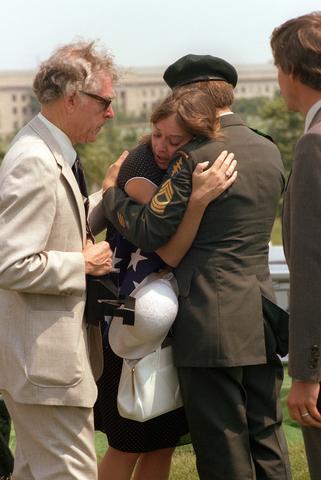
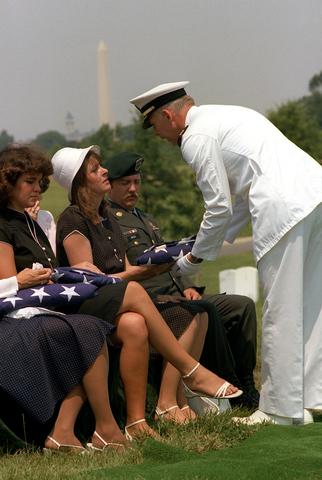
Michael Robert Patterson was born in Arlington and is the son of a former officer of the US Army. So it was no wonder that sooner or later his interests drew him to American history and especially to American military history. Many of his articles can be found on renowned portals like the New York Times, Washingtonpost or Wikipedia.
Reviewed by: Michael Howard


